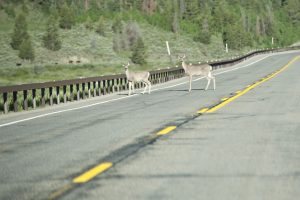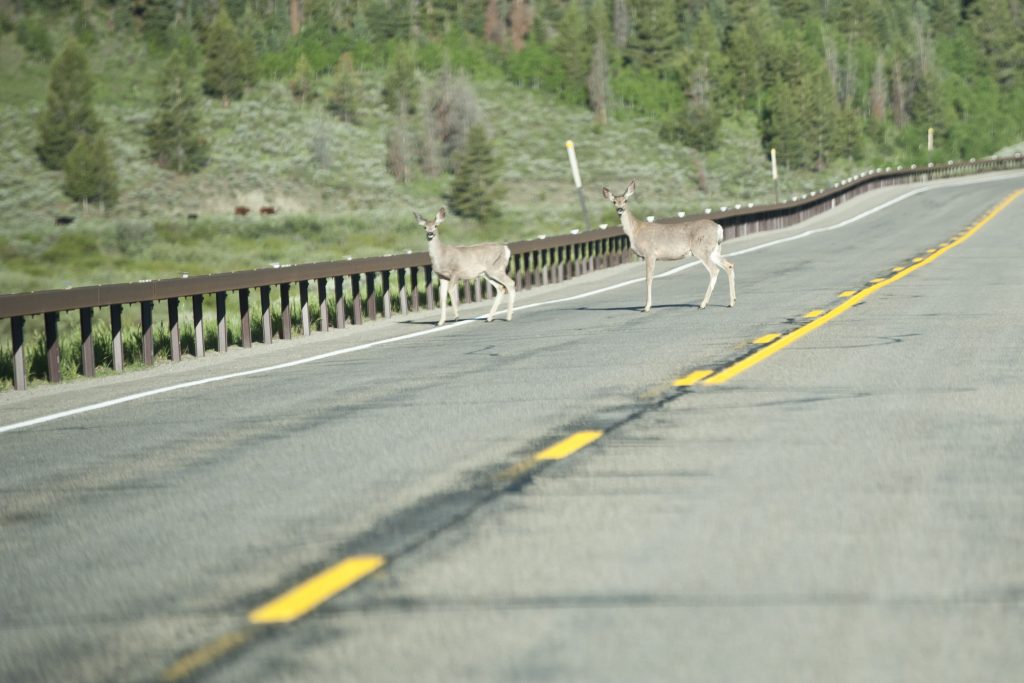 Interested in Road Ecology research? Check out these recent and upcoming publications.
Interested in Road Ecology research? Check out these recent and upcoming publications.
WOLVERINE TRAPPING: The Journal of Wildlife Management has published “The Sustainability of Wolverine Trapping Mortality in Southern Canada,” by Garth Mowat, Tony Clevenger, and their research team. It summarizes the team’s research study, in which they observed wolverines over a large area of southern British Columbia and Alberta, Canada, used spatial capture‐recapture models to estimate density, and calculated trapping kill rates using provincial fur harvest data. The study was also highlighted in a December feature story by the Wildlife Society: “Are southwest Canada wolverines being overharvested?”
Citation: Mowat, G., Clevenger, A.P., Kortello, A.D., Hausleitner, D., Barrueto, M., Smit, L., Lamb, C., DorsEy, B. and Ott, P.K. (2019), The Sustainability of Wolverine Trapping Mortality in Southern Canada. Jour. Wild. Mgmt.. doi:10.1002/jwmg.21787
EFFECTS OF ROADS IN LATIN AMERICA. In 2020, the Environmental Impact Assessment Review will publish “Effects of Roads on Terrestrial Vertebrate Species in Latin America,” co-authored by Tony Clevenger. It summarizes a review to qualitatively and quantitatively assess scientific research papers addressing road impacts on vertebrate species in Latin America. The paper also summarizes research gaps and recommends an approach for future research.
Citation: Pinto, F., Clevenger, A., and Grilo, C. (2020). Effects of Roads on Terrestrial Vertebrate Species in Latin America. Environmental Impact Assessment Review 81 (2020) 106337.
NIGHT-TIME SPEED LIMITS: The National Transportation Research Database (TRID) has posted the final report for the project “Effectiveness of Night-time Speed Limit Reduction in Reducing Wildlife-Vehicle Collisions.” For this project, Research Scientist Marcel Huijser and his partners investigated the effects of speed limit reductions at mule deer collision hotspots in Wyoming. The researchers studied the effects of the speed limits on vehicle speeds, on the interactions between wildlife and vehicles, and on the number of observed collisions.
Citation: Riginos, C., Fairbank, E. Hansen, J. Kolek & M. Huijser. 2019. Effectiveness of night-time speed limit reduction in reducing wildlife-vehicle collisions. Report No. FHWA-WY-1904F. Northern Rockies Conservation Cooperative, Jackson / The Nature Conservancy, Lander, Wyoming, USA. https://trid.trb.org/view/1659707

